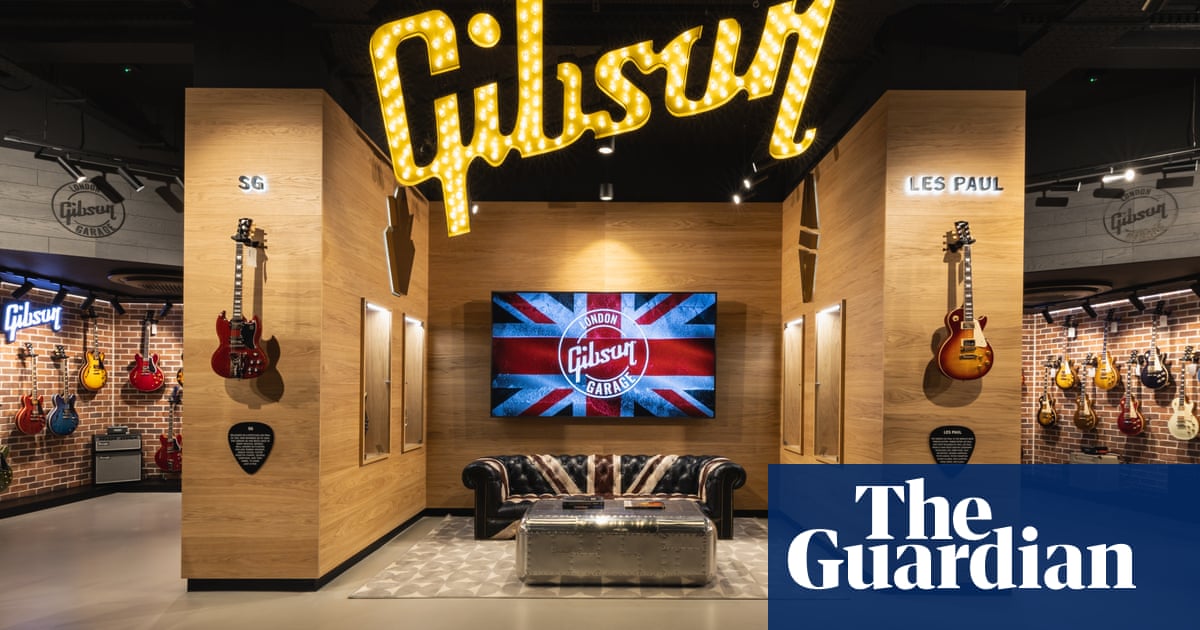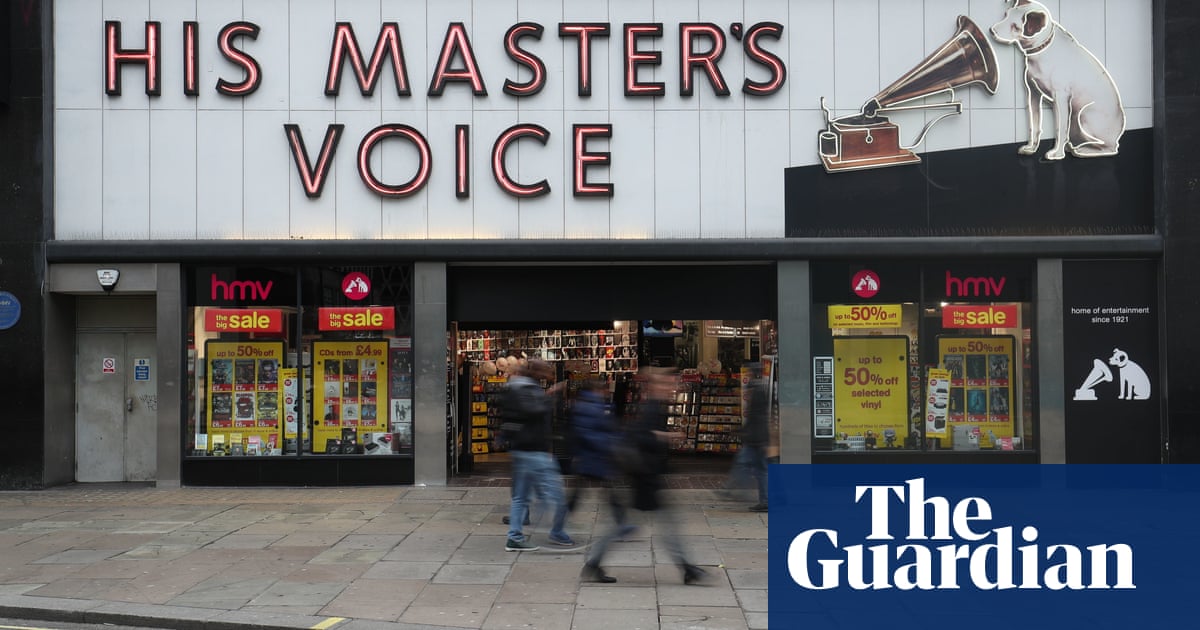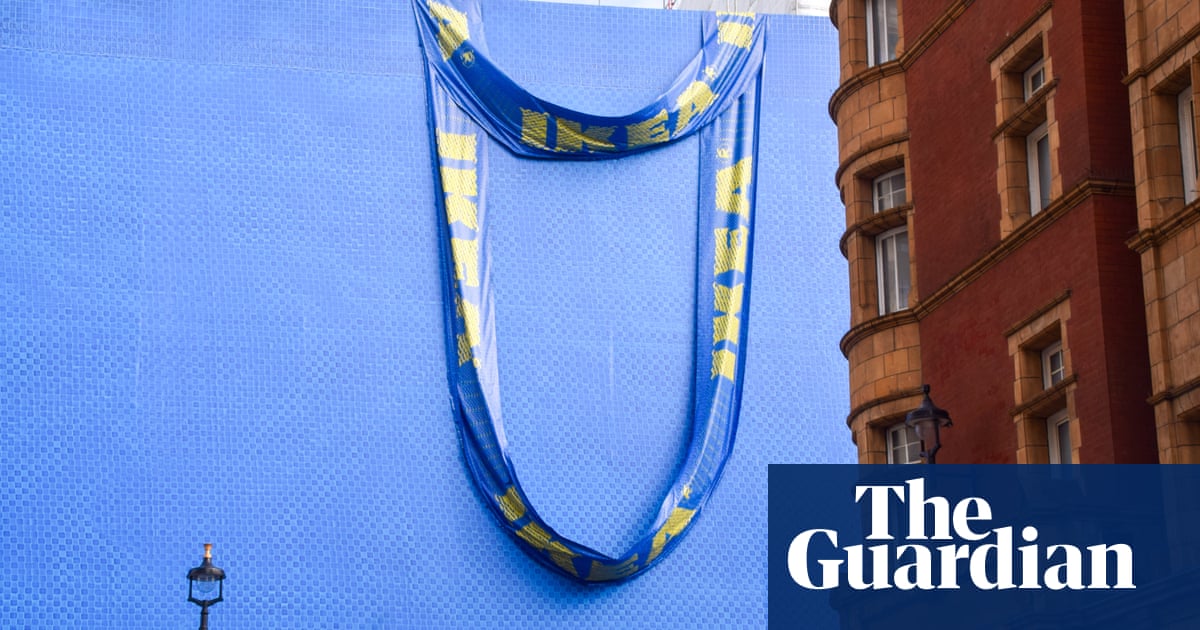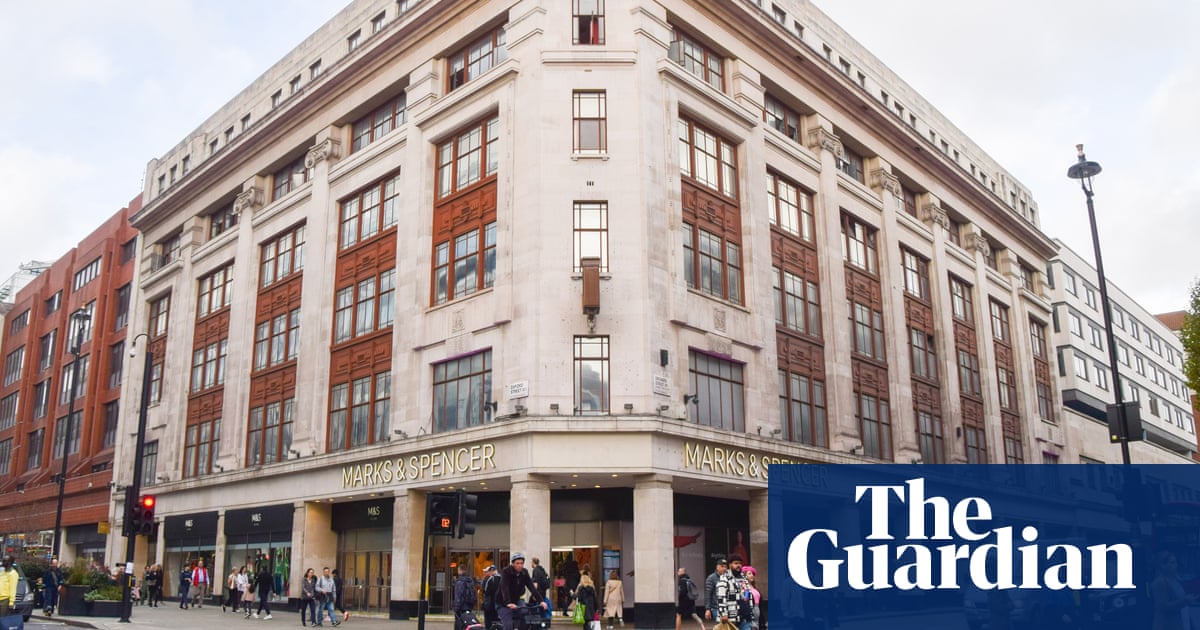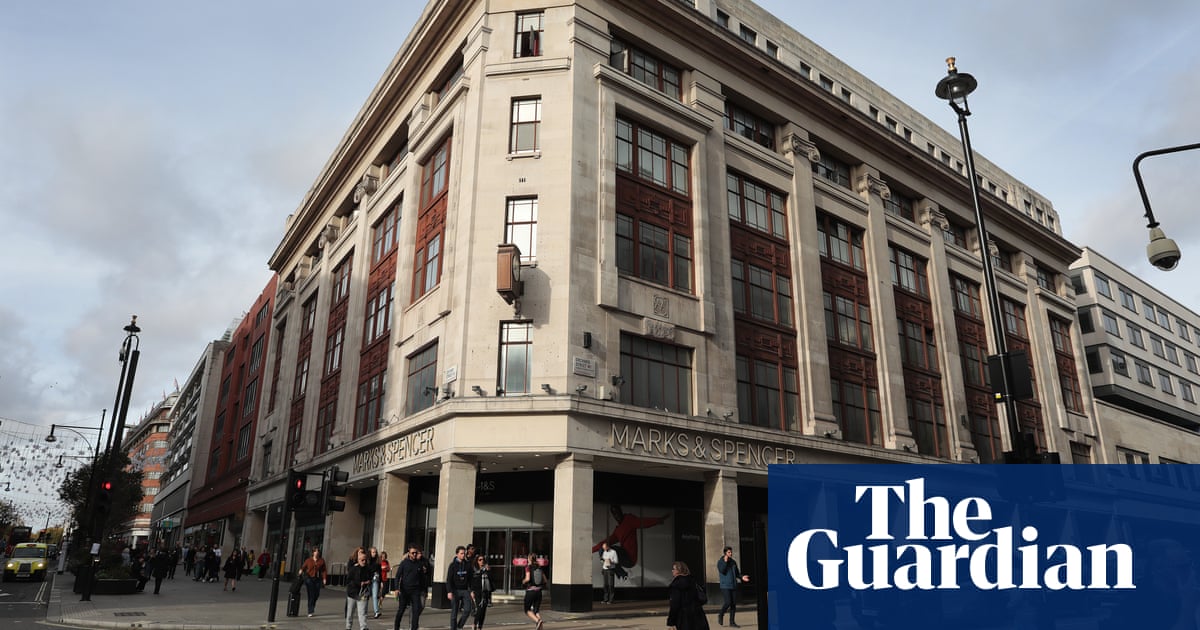
For the last couple of years there has been a large yellow sign on the corner of Selfridge’s on London’s Oxford Street that reads: “Let’s Change the Way we Shop.” Walk a few hundred yards in either direction on “Britain’s high street” and you discover evidence that a large proportion of Oxford Street’s 200 million annual pre-pandemic customers have already taken up that invitation, abandoning department stores for the internet.
The idea of shopping as a leisure pursuit was invented here in the 1800s. The wide Georgian pavements, plate glass shopfronts and newfangled street lights encouraged browsers to stand “six people deep” to genteely lust after spotlit millinery or pyramids of fruit. Jane Austen was an early adherent of retail therapy, guiltily admitting in a letter to once spending £5 on an Oxford Street trip – about £500 today.
Go in search of that experience now, as I did on sweltering afternoons last week, and you will find row upon row of once-familiar shop windows boarded up. Debenhams went into administration in 2019 and House of Fraser followed during the pandemic. John Lewis, which has been here since 1864, is in the process of selling off its upper floors for offices. The teenage dreams of Topshop, symbol of the excesses of 90s fast fashion, are covered in estate agents advertising hoardings on which suggestions to “be the future” compete with graffiti tags. There has long been a desperate air among the shoppers here, clutching Zara bags as they step over rough sleepers, waving away “charity muggers” and Hare Krishnas to get to Primark, but now you can convince yourself you are seeing the last of a dying breed.
Even the vast Marks & Spencer store that flanks Selfridge’s, once a tourist destination to rival St Paul’s and Madam Tussaud’s, is due to be demolished and replaced by a new office and retail block. A stay of execution for the building was ordered by the now defenestrated Michael Gove on environmental grounds. M&S’s new CEO, Stuart Machin, was up in arms that he can’t reduce his most famous store to rubble. Since the pandemic Oxford Street has been “on its knees” he claims and “in danger of being a dinosaur district”. And anyway, the M&S flagship “is now its website”.
Selfridge’s, for one, isn’t ready to give up on the “retail experience” invented by its eponymous creator in 1909 quite so quickly. The yellow sign about changing shopping was not a digital surrender but a promise to “reinvent retail by putting people and planet at the heart of our thinking”. Those plans involved augmenting the shoppers’ eternal treadmill of ever more new stuff with a new rental clothes collection, an in-store “repairs concierge” dedicated to fixing worn items, and a second-hand accessories and clothes shop.
This project sounds quite an earnest evolution of the original concept of Harry Selfridge, to “give women what they want”. His famous in-store stunts – a million shoppers came in its first week of opening to view Louis Blériot’s cross-channel monoplane – have also evolved. This week saw Selfridge’s launch in-store and window display devoted to “SUPERFUTURES”. Exhibits include reimagined mannequins whose “deconstructed layers capture the significance of owning a garment” and “sustainable display materials” that “question models of mass production within the context of temporary installation design”. The window shoppers who stopped looked less amazed than bemused.
What is happening just beyond Selfridge’s doors looks no-less surreal. The symbols of the street’s current decline – one in five shops is empty, footfall is still 30% down on pre-pandemic levels – have become the American candy stores that have mushroomed in vacant premises, with windows stacked with garish bags of Cheetos and Pop Tarts and Apple Jacks. Thirty of these shops are currently being investigated by Westminster’s new Labour council for tax fraud and selling counterfeit goods. There have been headlines about £22,000 of fake Wonka chocolate bars seized, shell companies created to avoid £7.9m tax on unoccupied premises, price gouging on pick n’ mix and suspicions of money laundering.
Walking between them in 28C heat is a circle of hell experience: a loop of vast sweet shops with no kids. I browsed for half an hour in one without seeing anyone buy anything from the uninterested young men dressed in black, manning the vape counters and currency exchange desks at the back of the shop. Enquiries about how they make a living or pay the rent with all this stock were met with vaguely menacing shrugs.
Some social historians might see, in those operations, the street returning to its roots. Yale’s Survey of London series devotes an entire volume to Oxford Street, characterising it as place of “persistent incoherence”, for centuries a muddy via dolorosa lined with pubs, bare-knuckle boxing sites, hucksters and hawkers. Its livelihood was dependent on the fact that it was the shortest route from the courts of the Old Bailey to the gallows at Tyburn (now Marble Arch) where the weekly executions were watched by tens of thousands of people. The rubberneckers needed somewhere to eat and, more urgently, to drink.
In his 1991 film The Ghosts of Oxford Street, the punk impresario Malcolm McLaren rolled a tumbril past Selfridges and suggested that you could still hear screams of the hanged men. He was brought here as a kid every Christmas with a grandmother who told him stories of there once being more prostitutes than horses walking these streets and showing him where Thomas De Quincey bought his drugs.
As now, there have always been plans to improve the character of the place, to make sense of it, or to restore it to imagined former glory. In the 60s London planners were calling it “the most uncivilised street in Europe”. Modernists, high on malls and motoring, drew up ideas for decks of pedestrian access with traffic flowing beneath, and for a flyover at regency Oxford Circus.
Sixty years on, the impetus has been to banish cars from the road completely. Sadiq Khan, the London mayor, made the pedestrianisation of Oxford Street – which has frequently recorded particulate pollution levels multiple times the safe limit – a cornerstone of his greener London plan. The street is, after all, the best-serviced public transport destination in the country, with four tube stations and multiple bus routes. The two stations of the new Elizabeth Line, designed to bring a further 90 million passengers to the capital’s West End, were set to be the catalyst of this new tree-lined avenue. Nothing happened.
The pedestrianisation project, which was shown to significantly reduce pollution and road traffic accidents, was axed in 2018 by the then-Conservative Westminster council citing opposition from local residents, despite the project receiving overwhelming support in a public consultation.
The Tory’s council’s shorter-term plan to bring shoppers back – the creation of the ludicrous £6m “Marble Arch Mound”, a scruffy artificial hill you had to pay £4.50 to climb, now dismantled – was a key factor in their defeat in the council elections this year.
The new administration has not published its plans for the regeneration of the street yet, though a spokesman tells me that they have “ruled out pedestrianisation for the foreseeable future”. Some campaigners and commentators have pointed to the transformation of King’s Cross, with its arts venues and tech offices and restaurants as one model for reviving the capital’s most famous shopping street.
The designer Thomas Heatherwick, who planned part of the King’s Cross redevelopment – and was also the lead of the Garden Bridge fiasco – explained to me last week how he imagined this might work: “Oxford Street feels like a huge, long room that’s become boring and monotonous and needs reinventing,” he said. “It shouldn’t just be any old shopping space. It needs a much more unusual mix of work and entertainment, brought together as a place that offers style, humour, health and inspiration.”
Of course, it should be pedestrianised, Heatherwick says, but that should only be the start. “Why not join the roofs of the buildings together, an inter-linked walkway with bridges from one to the next and ones that straddle the main road itself? Make a grand promenade with shop entrances at the rooftops. Whatever happens, don’t just tweak it. London,” he says, in a phrase that would be big-band music to the ears of Harry Selfridge, “has to learn how to be brave again.”




